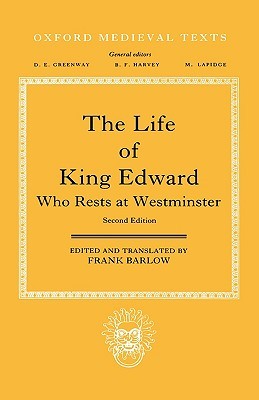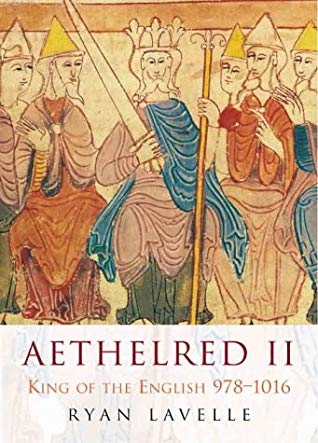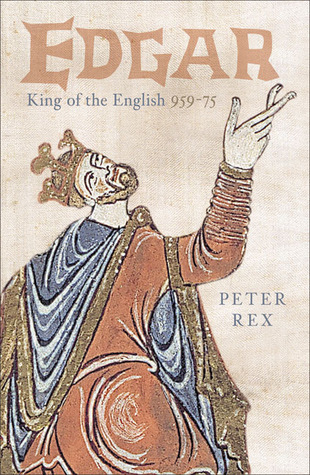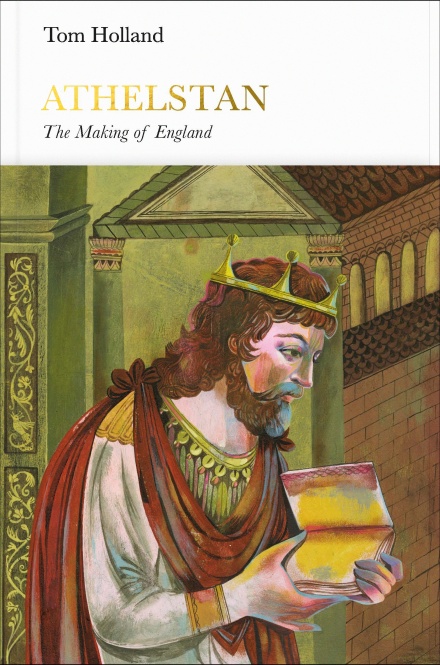
Peter Rex’s King and Saint: The Life of Edward the Confessor is not just the fourth biography of its subject that I have read, it is the second of four biographies by this incredibly prolific historian that I will be reading for this site. As the solitary biographer of Edgar, Edward’s grandfather, Rex pretty much owned the field, so reading this book meant that for the first time I had the ability to evaluate his work compared to that of other scholars.
Given that he wrote this in a field dominated by Barlow’s superb biography the bar for Rex is fairly high. He acknowledges this in the very first paragraph of his book by noting the passage of nearly four decades since its publication in 1970 and the amount of work that had been done on Edward’s reign since then. It’s a fair argument and one that I can appreciate, but that Rex felt the need to make the point speaks volumes about the shadow Barlow’s book casts over the field.
Yet it is difficult to see much evidence that Rex’s book embodies a new or even significantly different account of Edward’s life and times. While his endnotes provide evidence that he uses new material, the picture of Edward’s reign doesn’t differ in significant ways from Barlow’s book. Rex provides much less in the way of detail, preferring instead a summation of events and their context. Much as in his Edgar biography, Rex broadens his focus in several chapters to explain the royal institutions of the era and the resources of the crown. As is often the case in these chapters, Edward recedes to the background, lost in the wide-angle scope of the coverage.
What can be regarded as a weakness compared to Barlow’s book is a strength in another respect, however, as Rex provides a more accessible introduction to his subject. With his survey of Edward’s life and the chapters providing a useful summation of the institutions of his monarchy, it’s a far better starting point than Barlow’s book to anyone new to the subject. I suspect Rex’s background may be a factor in this, as his years as a history teacher at an independent day school probably helped him to understand what a novice to 11th century English history would need to know to understand Edward’s life and his role as an Anglo-Saxon monarch. This makes his book a more approachable account than any of the other biographies of Edward that I have read.
These qualities make Rex’s book especially worthwhile reading for anyone who is seeking an entry point to Edward’s life or the late Anglo-Saxon monarchy. That it does not supplant Barlow’s book is not a mark against it, given the quality of the older book and the lack of any really different take on his life. Instead it works quite well for anyone seeking a first book on Edward, as well as one that incorporates decades of more recent material to flesh out aspects of the Confessor’s life.





 While reading Richard Abels’s biography of Æthelred II, I discovered that I now had a new point of assessment for my project. Whereas until now I have been comparing biographies of a particular monarch with each other, as a volume in the Penguin Monarchs series Abels’s book also provokes comparison with the previous book I read in the series, which was Tom Holland’s biography of Æthelstan. While I knew that both were part of the same series when I first identified which books I would read, it wasn’t until I was well into Abels’s book that I found myself comparing it not just to Williams’s biography of Æthelred but to Holland’s study of his predecessor as well. This ended up shaping my assessment of the book in some important respects.
While reading Richard Abels’s biography of Æthelred II, I discovered that I now had a new point of assessment for my project. Whereas until now I have been comparing biographies of a particular monarch with each other, as a volume in the Penguin Monarchs series Abels’s book also provokes comparison with the previous book I read in the series, which was Tom Holland’s biography of Æthelstan. While I knew that both were part of the same series when I first identified which books I would read, it wasn’t until I was well into Abels’s book that I found myself comparing it not just to Williams’s biography of Æthelred but to Holland’s study of his predecessor as well. This ended up shaping my assessment of the book in some important respects. In the preface to her biography of Æthelred, Ann Williams explains to her readers that the goal of her book “is simply to tell the story of Æthelred unræd, a king to whom posterity has not been kind.” It was a story that until that point had not really been told in many years, as there were no modern accounts of Æthelred’s life prior to the publication of Williams’s book in 2003 and Ryan Lavelle’s short biography the year before. Given that, there was an undoubted need for a new study of Æthelred that utilized the considerable amount of scholarship about the period that was now available to biographers.
In the preface to her biography of Æthelred, Ann Williams explains to her readers that the goal of her book “is simply to tell the story of Æthelred unræd, a king to whom posterity has not been kind.” It was a story that until that point had not really been told in many years, as there were no modern accounts of Æthelred’s life prior to the publication of Williams’s book in 2003 and Ryan Lavelle’s short biography the year before. Given that, there was an undoubted need for a new study of Æthelred that utilized the considerable amount of scholarship about the period that was now available to biographers.
